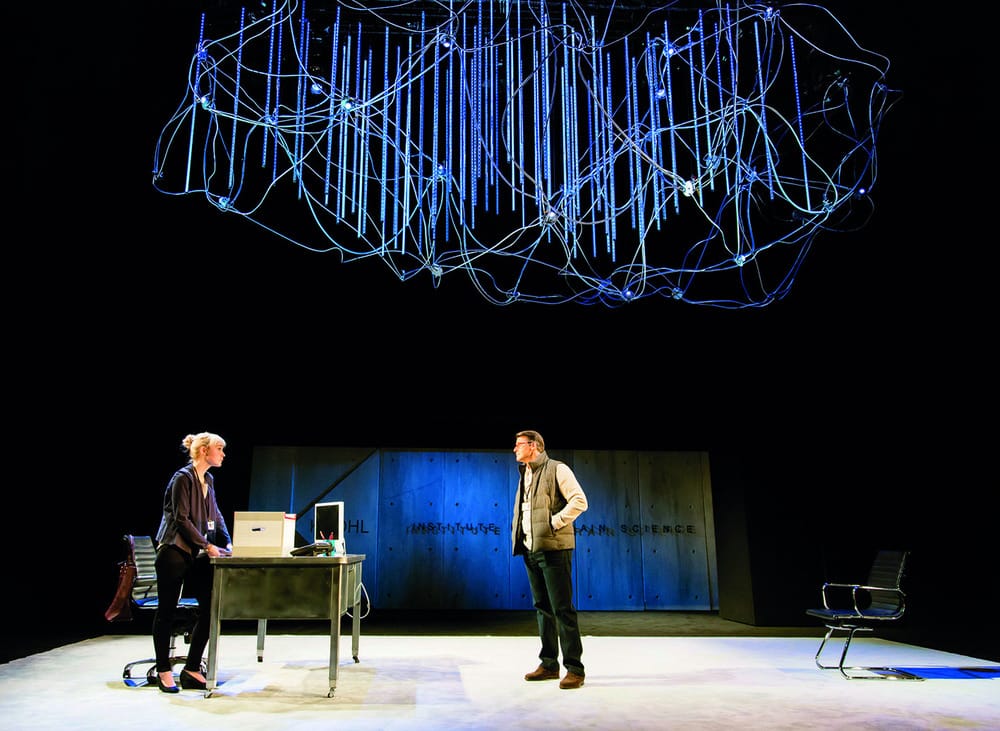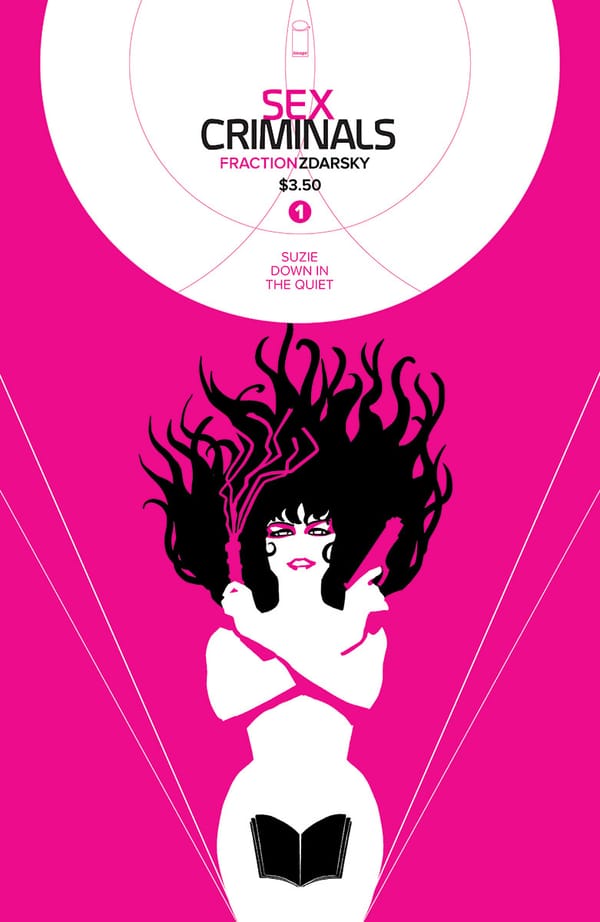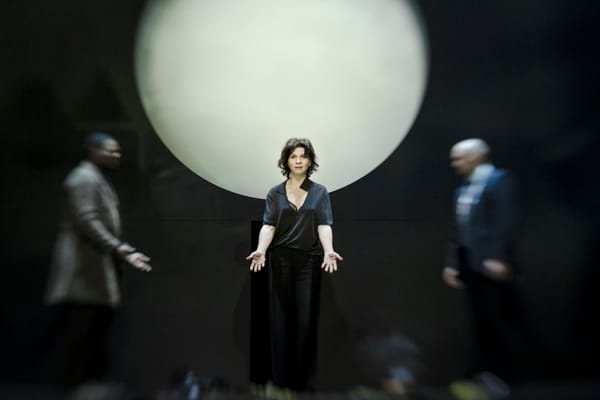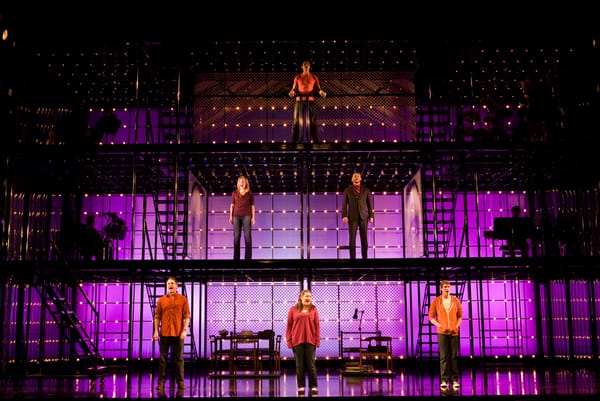Tom Stoppard: Not so Hard After All
Jack Steadman wraps his head around the playwright’s latest

Tom Stoppard’s latest play has been a long time coming. His last work to grace the stage was 2006’s _Rock and Roll _at The Royal Court – and his last work at the National Theatre was four years before that, with The Coast of Utopia in 2002. Nine years since his last play. To call expectations high might just be an understatement.
Early signs are promising. The play is shaping up to be quintessentially Stoppard, blending meaningful discussions of complex scientific ideas with eloquence and wit. Where Arcadia tackled the second law of thermodynamics, and Rosencrantz and Guildenstern are Dead dealt with existentialism and free will, _The Hard Problem _turns to the notion of consciousness.
The titular Hard Problem (capitals wholly necessary – as one character explains, “we do brain science. There is only one Hard Problem.”) is one of explaining consciousness, explaining our first person, subjective experiences, phenomena such as colour or taste. In the programme notes, Stoppard credits the Australian philosopher David Chalmers for the phrase – as would most of the internet – although he acknowledged in a later interview that he “might as well have credited Leibnitz” for coining the term.
There’s an added incentive to be hopeful in the form of the location for Stoppard’s return to the stage: the Dorfman Theatre at the National. A redevelopment of the old Cottesloe Theatre, it’s a wonderfully versatile space, offering multiple possibilities for staging.
Add in the fact it’s directed by Nicholas Hytner, in his last show at the National before departing as its Director, and the anticipation is almost unbearable.
At first glance, the set design does little to reward or spurn that anticipation. A collection of vertical bars, entangled in a mess of wires, loom over an empty stage. The first scene rapidly reveals how this is going to play out from a visual perspective, as a minimalist approach to set design evokes the settings rather than outright stating them.
A bed and a desk comprise a bedroom, some chairs and a coffee table indicate a waiting room, and so on. Bar the occasional use of a backdrop, it’s left to a few items of furniture and the work of the actors to suggest the setting – and it’s to the credit of all involved that it works wonderfully. The design allows for the play to focus on Stoppard’s typically glorious dialogue, forcing the attention onto his words and the actors delivering them, rather than their surroundings.
We do brain science. There is only one Hard Problem
The bars and wires hanging over the stage turn out to be a touch more exciting than just a mysterious sculpture, coming to life in the scene changes. As classical music plays over the darkness, the bars and wires pulse, flickering with the music. It’s clearly intended to evoke images of brain activity, but mostly it just comes across as a pretty light show.
The rest of the play’s dealings with brain activity are somewhat more effective. The opening gambit is classic misdirection, as tutor Spike (Damien Molony) tells Hilary (Olivia Vinall) “you’re looking at two years. The jewellery was under the floorboards. The police have nothing to connect you to the scene of the robbery.”
As the discussion unfolds, it’s revealed they’re talking about the ‘Prisoners’ Dilemma’, a psychology scenario that Hilary attempts to deconstruct. It’s immediately, classically Stoppard, discussing high concepts in an engaging – and supremely enjoyable – manner.
The cast are having a ball playing with Stoppard’s dialogue to boot, and it’s that which really helps the show succeed. Vinall thrives as Hilary, graduating from leading roles in Shakespeare (Cordelia and Desdemona in King Lear and Othello, respectively) to what could arguably be called the modern-day equivalent.
Other standouts are Damien Molony as the charming Spike, and Parth Thakerar as Amal, the arrogant driven rival to Hilary for a job at the Krole Institute for Brain Science.
The character’s interactions provide the show with momentum that isn’t necessarily provided by the plot itself. It’s a surprisingly straightforward affair – still well put-together, certainly, but nowhere near as meticulously composed as the likes of Arcadia.
Stoppard admitted in interviews that he adopted a tactic akin to “write and see where it goes” for (at least parts of) The Hard Problem, in contrast to the extensive mapping-out of previous plays. It makes for an interesting experience, as the play runs for a hundred uninterrupted minutes, providing a more streamlined and brisk Stoppard experience. The content and general style may not have changed, but the overall form has, and it’s no bad thing.
Does The Hard Problem match up to the expectations piled upon it by its very nature? Easily. There were a few design choices that felt slightly off – the scene change music in particular had a nasty habit of either starting late or running on for too long – but nothing that actually harmed the show.
I think the play’s been done really, really well
Stoppard’s latest play is another gem, quite possibly his best since Arcadia (it always comes back to that, doesn’t it?), and the director and cast that have been enlisted to bring it to life do an impeccable job. As Stoppard himself put it, “I think the play’s been done really, really well.”
_The Hard Problem is on at the National Theatre’s Dorfman Theatre until 27th May. Tickets from £15. _









